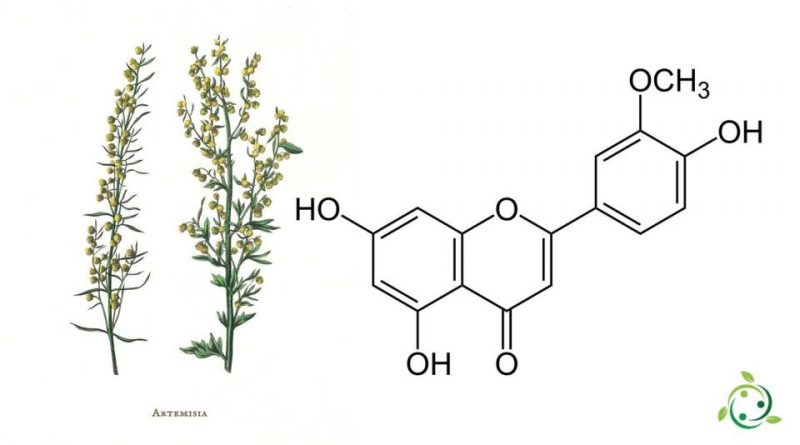Chrysoeriol
Chrysoeriol
Chrysoeriol, whose term in the official IUPAC nomenclature is: 5,7-Dihydroxy-2- (4-hydroxy-3-methoxyphenyl) cromen-4-one is a compound of natural origin with a brute or molecular chemical formula: C16H12O6.
Chemically, chrysoeriol is a trihydroxyflavone and a monomethoxiflavone which is derived from a luteolin.
It is the conjugated acid of 4 ‘, 5-dihydroxy-3’-methoxyflavon-7-olate (1-).
One of the three possible regio isomers is diosmetine.
Chrysoeriol has been found in nature in plants of the genus Artemisia (Artemisia L., 1753).
This substance, in laboratory tests, has shown vasorelaxant and hypotensive properties in the laboratory.
Warning: The information shown is not medical advice and may not be accurate. The contents are for illustrative purposes only and do not replace medical advice.

